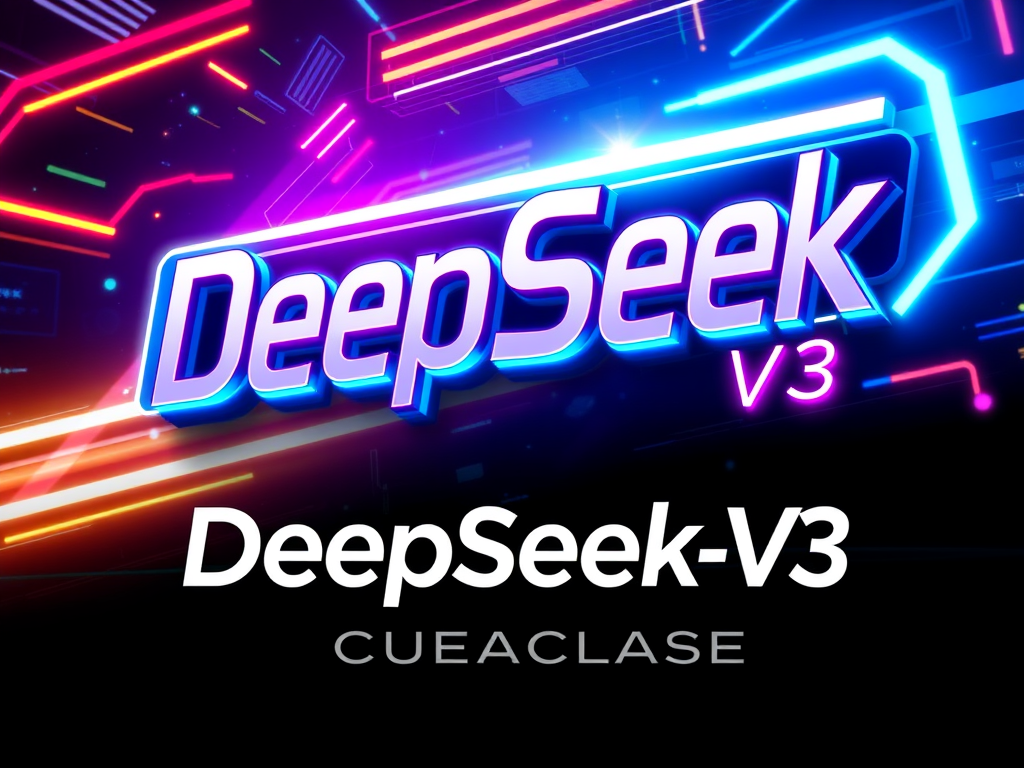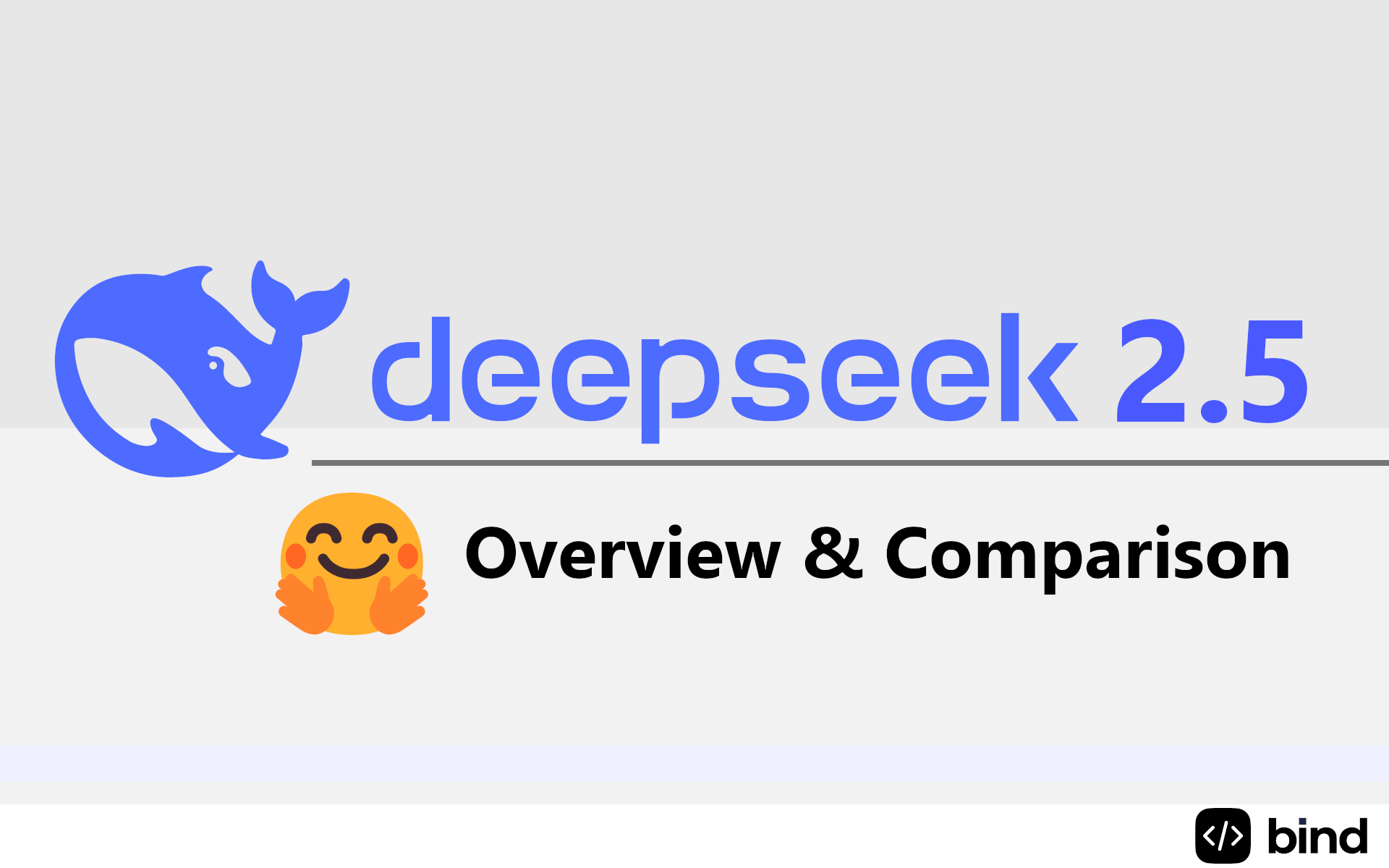
Carpinteroterrassa
Overview
-
Sectors Sales
Company Description
MIT Faculty, Instructors, Students Try out Generative aI in Teaching And Learning
MIT professors and instructors aren’t simply going to experiment with generative AI – some believe it’s a needed tool to prepare students to be competitive in the workforce. “In a future state, we will understand how to teach skills with generative AI, however we require to be making iterative actions to arrive instead of waiting around,” stated Melissa Webster, speaker in supervisory communication at MIT Sloan School of Management.

Some teachers are revisiting their courses’ knowing goals and redesigning assignments so students can accomplish the desired outcomes in a world with AI. Webster, for instance, formerly paired written and oral tasks so students would develop mindsets. But, she saw a chance for teaching experimentation with generative AI. If trainees are using tools such as ChatGPT to help produce writing, Webster asked, “how do we still get the thinking part in there?”
Among the new assignments Webster established asked trainees to produce cover letters through ChatGPT and critique the results from the point of view of future hiring supervisors. Beyond learning how to improve generative AI prompts to produce better outputs, Webster shared that “students are thinking more about their thinking.” Reviewing their ChatGPT-generated cover letter assisted students determine what to state and how to say it, supporting their advancement of higher-level tactical abilities like persuasion and understanding audiences.
Takako Aikawa, senior speaker at the MIT Global Studies and Languages Section, redesigned a vocabulary workout to guarantee trainees developed a much deeper understanding of the Japanese language, rather than perfect or incorrect responses. Students compared short sentences composed on their own and by ChatGPT and developed wider vocabulary and grammar patterns beyond the book. “This type of activity enhances not only their linguistic abilities however promotes their metacognitive or analytical thinking,” stated Aikawa. “They have to believe in Japanese for these exercises.”

While these panelists and other Institute faculty and trainers are redesigning their tasks, numerous MIT undergraduate and college students across various academic departments are leveraging generative AI for efficiency: developing presentations, summing up notes, and quickly obtaining particular concepts from long documents. But this technology can likewise artistically individualize discovering experiences. Its ability to communicate details in different ways permits students with various backgrounds and capabilities to adapt course product in a manner that specifies to their specific context.
Generative AI, for instance, can help with student-centered knowing at the K-12 level. Joe Diaz, program manager and STEAM teacher for MIT pK-12 at Open Learning, encouraged teachers to cultivate learning experiences where the trainee can take ownership. “Take something that kids appreciate and they’re enthusiastic about, and they can discern where [generative AI] might not be right or reliable,” said Diaz.
Panelists motivated teachers to think of generative AI in methods that move beyond a course policy declaration. When integrating generative AI into tasks, the key is to be clear about discovering objectives and open up to sharing examples of how generative AI might be used in methods that align with those goals.
The significance of crucial thinking

Although generative AI can have positive impacts on academic experiences, users require to comprehend why large language models might produce incorrect or biased results. Faculty, trainers, and student panelists emphasized that it’s vital to contextualize how generative AI works.” [Instructors] attempt to describe what goes on in the back end which truly does assist my understanding when checking out the answers that I’m getting from ChatGPT or Copilot,” said Joyce Yuan, a senior in computer system science.
Jesse Thaler, teacher of physics and director of the National Science Foundation Institute for Artificial Intelligence and Fundamental Interactions, cautioned about relying on a probabilistic tool to provide definitive answers without uncertainty bands. “The interface and the output requires to be of a kind that there are these pieces that you can validate or things that you can cross-check,” Thaler stated.
When presenting tools like calculators or generative AI, the professors and trainers on the panel said it’s necessary for trainees to establish important thinking skills in those particular scholastic and expert contexts. Computer technology courses, for instance, could permit trainees to utilize ChatGPT for assist with their research if the problem sets are broad enough that generative AI tools wouldn’t catch the complete response. However, introductory trainees who haven’t developed the understanding of require to be able to determine whether the information ChatGPT created was precise or not.
Ana Bell, senior lecturer of the Department of Electrical Engineering and Computer Technology and MITx digital knowing researcher, devoted one class towards completion of the term obviously 6.100 L (Introduction to Computer Technology and Programming Using Python) to teach trainees how to utilize ChatGPT for configuring questions. She desired students to comprehend why establishing generative AI tools with the context for programs problems, inputting as numerous details as possible, will assist accomplish the best possible results. “Even after it gives you an action back, you need to be crucial about that reaction,” stated Bell. By waiting to introduce ChatGPT up until this stage, trainees had the ability to look at generative AI‘s answers seriously since they had actually invested the semester establishing the abilities to be able to recognize whether issue sets were inaccurate or may not work for every case.
A scaffold for discovering experiences
The bottom line from the panelists throughout the Festival of Learning was that generative AI ought to provide scaffolding for engaging learning experiences where students can still attain wanted learning goals. The MIT undergraduate and college student panelists found it indispensable when educators set expectations for the course about when and how it’s suitable to use AI tools. Informing students of the knowing objectives enables them to understand whether generative AI will help or prevent their learning. Student panelists asked for trust that they would utilize generative AI as a beginning point, or treat it like a brainstorming session with a pal for a group task. Faculty and instructor panelists stated they will continue iterating their lesson prepares to finest assistance student knowing and vital thinking.

